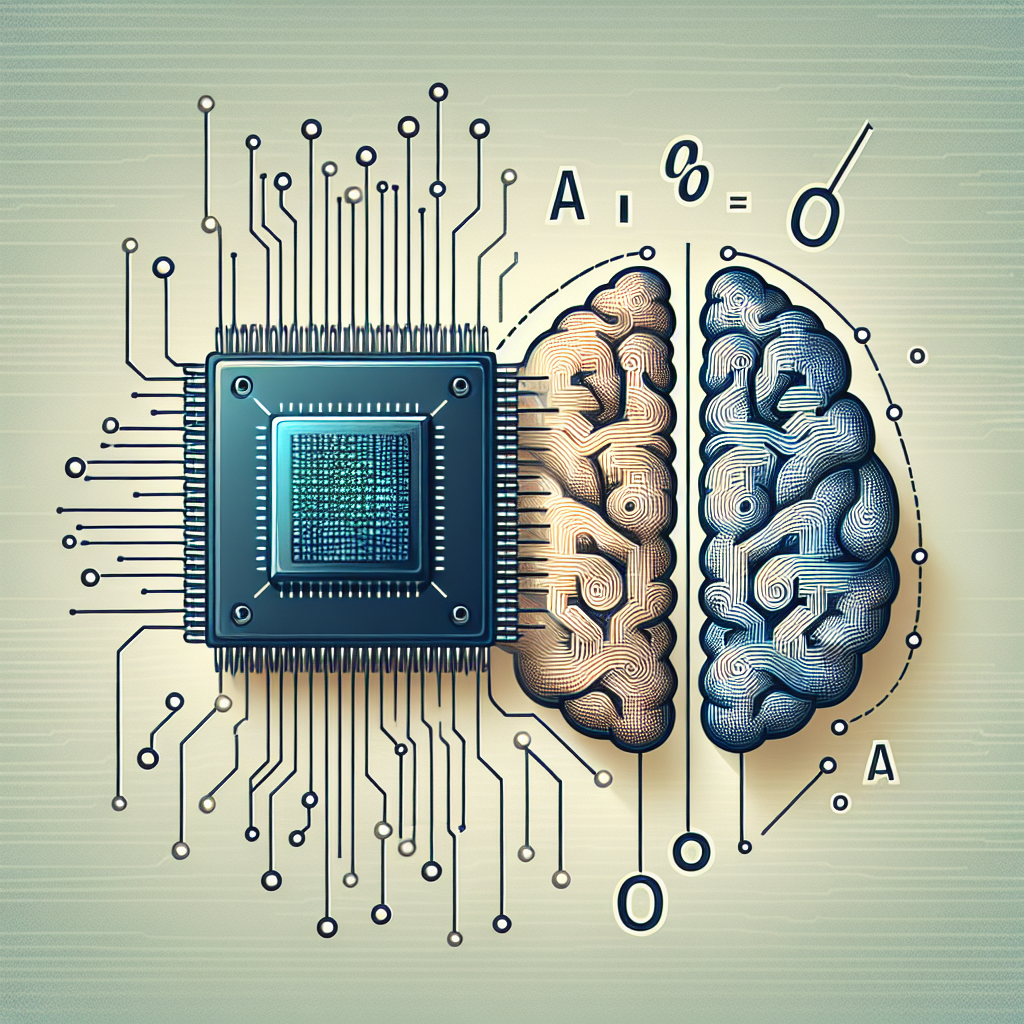AI Platforms and Natural Language Understanding: The Future of Communication
In recent years, there has been a significant rise in the use of artificial intelligence (AI) platforms for various applications. One of the most promising areas of AI is natural language understanding (NLU), which enables machines to comprehend and interpret human language. This technology has the potential to revolutionize the way we interact with computers and automate a wide range of tasks.
AI Platforms: The Foundation of Natural Language Understanding
AI platforms are the backbone of NLU technology. These platforms are built using a combination of machine learning algorithms, neural networks, and natural language processing (NLP) techniques. They are designed to process large volumes of text data, understand the context and meaning of the language, and generate appropriate responses.
One of the key components of AI platforms is the use of deep learning algorithms, which enable machines to learn from data and improve their performance over time. These algorithms are trained on massive datasets of text data, which allows them to recognize patterns and relationships in language.
AI platforms also use NLP techniques to analyze the structure and semantics of language. This includes tasks such as part-of-speech tagging, named entity recognition, and sentiment analysis. By understanding the grammar, syntax, and semantics of language, AI platforms can generate more accurate and meaningful responses to user queries.
One of the most popular AI platforms for NLU is Google’s Dialogflow, which provides a powerful framework for building conversational interfaces. Dialogflow uses a combination of machine learning models and pre-built templates to create chatbots and virtual assistants that can understand and respond to natural language inputs.
Another popular AI platform is IBM Watson, which offers a range of NLU services for businesses, including language translation, sentiment analysis, and entity extraction. Watson uses a combination of deep learning models and statistical techniques to analyze text data and generate insights.
The Future of Communication: How NLU is Transforming Industries
The rise of NLU technology is transforming industries across the board, from customer service and marketing to healthcare and finance. By enabling machines to understand and interpret human language, NLU is revolutionizing the way we communicate with computers and automating a wide range of tasks.
One of the most significant applications of NLU technology is in customer service. Chatbots and virtual assistants powered by NLU are increasingly being used to provide instant support to customers, answer common queries, and streamline the customer service process. By automating routine tasks, businesses can save time and resources, while improving the overall customer experience.
In the marketing industry, NLU technology is being used to analyze customer feedback, social media data, and online reviews. By understanding the sentiment and emotions expressed in text data, businesses can gain valuable insights into customer preferences and behavior. This allows marketers to tailor their messaging and campaigns to better resonate with their target audience.
In the healthcare sector, NLU technology is being used to analyze medical records, research papers, and patient data. By extracting key insights from text data, healthcare providers can improve diagnosis accuracy, streamline administrative tasks, and enhance patient care. NLU is also being used to develop virtual assistants that can provide medical advice and support to patients.
In the finance industry, NLU technology is being used to analyze financial news, market data, and customer interactions. By understanding the language used in financial reports and customer queries, banks and financial institutions can better analyze risk, detect fraud, and improve customer service. NLU is also being used to develop virtual assistants that can help customers with banking transactions and financial planning.
FAQs
Q: How does natural language understanding work?
A: Natural language understanding uses a combination of machine learning algorithms, neural networks, and natural language processing techniques to analyze and interpret human language. By understanding the structure and semantics of language, machines can generate appropriate responses to user queries.
Q: What are some popular AI platforms for natural language understanding?
A: Some popular AI platforms for NLU include Google’s Dialogflow, IBM Watson, Microsoft Azure Cognitive Services, and Amazon Lex. These platforms offer a range of NLU services, including chatbots, virtual assistants, and language translation.
Q: What are some common applications of natural language understanding?
A: Some common applications of NLU include customer service, marketing, healthcare, finance, and education. NLU technology is being used to automate tasks, analyze data, and improve communication across a wide range of industries.
Q: How is natural language understanding transforming industries?
A: NLU technology is transforming industries by enabling machines to understand and interpret human language. By automating routine tasks, analyzing data, and improving communication, NLU is revolutionizing the way we interact with computers and streamlining business processes.

